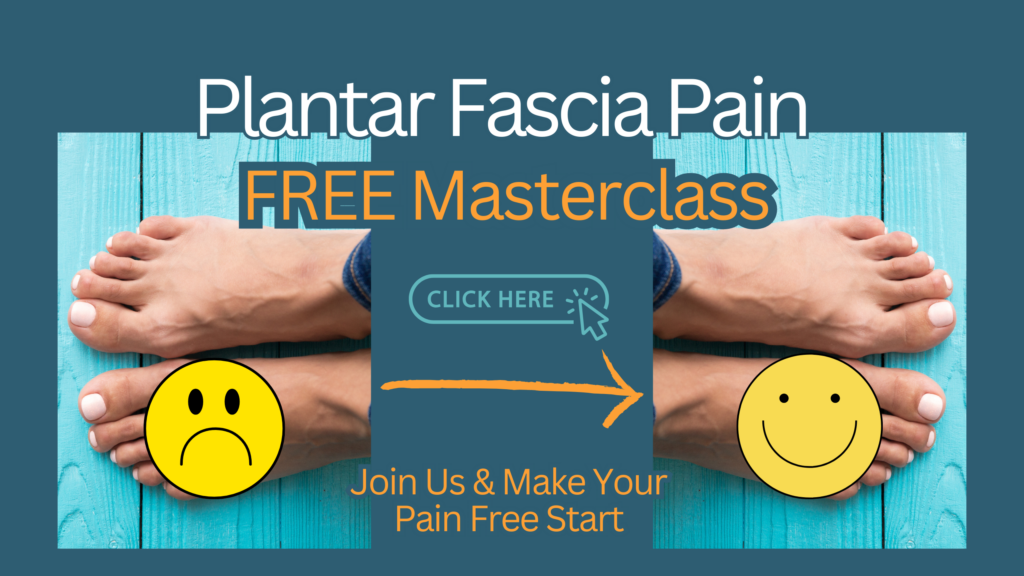Heel pain can be tricky — here’s how to get clarity
Heel pain is incredibly common, and most people (and even many health professionals) automatically assume it must be plantar fasciitis. But that’s not always the case.
Before we dive in, it’s worth noting that the term plantar fasciitis is commonly used, but not always accurate. Many cases of persistent heel pain are due to plantar fascia overload and tissue breakdown, not acute inflammation. That’s why clinicians often refer to it more accurately as plantar fascia pain or plantar fasciopathy.
We’ll use the term plantar fasciitis here for clarity and search purposes, but know that we’re really talking about a long-term overload issue — not just inflammation.
Another common (but often overlooked) cause of heel pain is fat pad syndrome. While these two conditions can feel similar, they need different treatments. Getting the right diagnosis is key.
So what exactly is fat pad syndrome?
Under your heel lies a natural cushion called the fat pad. It acts like a shock absorber with every step. But over time, it can wear down, thin out, or become bruised — especially if you walk a lot on hard surfaces or wear unsupportive shoes.
When this happens, you may develop fat pad syndrome — a condition that causes pain directly under the heel.
Key differences between plantar fasciitis and fat pad syndrome
1. Location of pain
- Plantar fasciitis pain is usually located at the front and inner side of the heel, where the fascia inserts.
- Fat pad syndrome pain is typically right in the middle of the heel, and often feels like a deep bruise.
2. Type of pain
- Plantar fascia pain often feels sharp with the first steps in the morning or after rest, then eases as you warm up.
- Fat pad pain feels like a constant ache or bruise, especially after walking or standing on hard floors.
3. Response to pressure
- Pressing on the plantar fascia insertion may reproduce pain in plantar fasciitis.
- Pressing directly into the centre of the heel is more painful in fat pad syndrome.
4. Footwear makes a big difference
- People with fat pad syndrome often feel much better in cushioned shoes or when using gel heel pads.
- Those with plantar fascia pain need both cushioning and arch support to reduce strain.

Why this matters
Treating the wrong condition means wasting time, money, and staying in pain longer than necessary.
If you’re doing plantar fasciitis exercises daily — but your real issue is fat pad syndrome — you might not be making any progress at all.
And vice versa: if you’re using thick gel pads for fat pad relief, but your issue is fascia overload, you’re missing the key piece — load management and strengthening.
Real Story: “I was icing and stretching for months… and getting nowhere.”
James came to clinic convinced he had plantar fasciitis. He’d been stretching religiously and rolling his foot on a ball every night. But nothing was changing. (For what it is worth even if James did have plantar fasciitis, rolling and stretching will rarely settle this problem. A more effective treatment program – Plantar Fascia Pain Program) But …
A quick assessment showed his pain was central heel pain, aggravated by standing and hard surfaces — classic fat pad symptoms. We swapped his approach to focus on cushioning, activity modification, and heel protection.
“Within two weeks, the pain had halved,” James said.
“I was doing the wrong rehab for the wrong problem.”
Final thoughts
Heel pain isn’t one-size-fits-all — and treating it like it is can leave you stuck.
Understanding whether your pain is coming from the plantar fascia or the fat pad is a crucial first step. Once you have clarity, you can choose the right treatment path — and stop wasting time on things that won’t help.
My FREE Masterclass dives deep into plantar fasciitis and we assess your foot together before looking at what to do to resolve it. I would love to see you there. Hopefully this insight can be the turning point that finally gets you moving forward.
Effective treatment begins with an accurate diagnosis — and your feet will thank you for it.
Take care, Helen
Helen Manders BSc (Hons) MCSP HCPC
Chartered Physiotherapist
Treating Foot Pain Since 2001
Join the FREE Masterclass today. I would love to see you there. Click to learn more or enrol.




